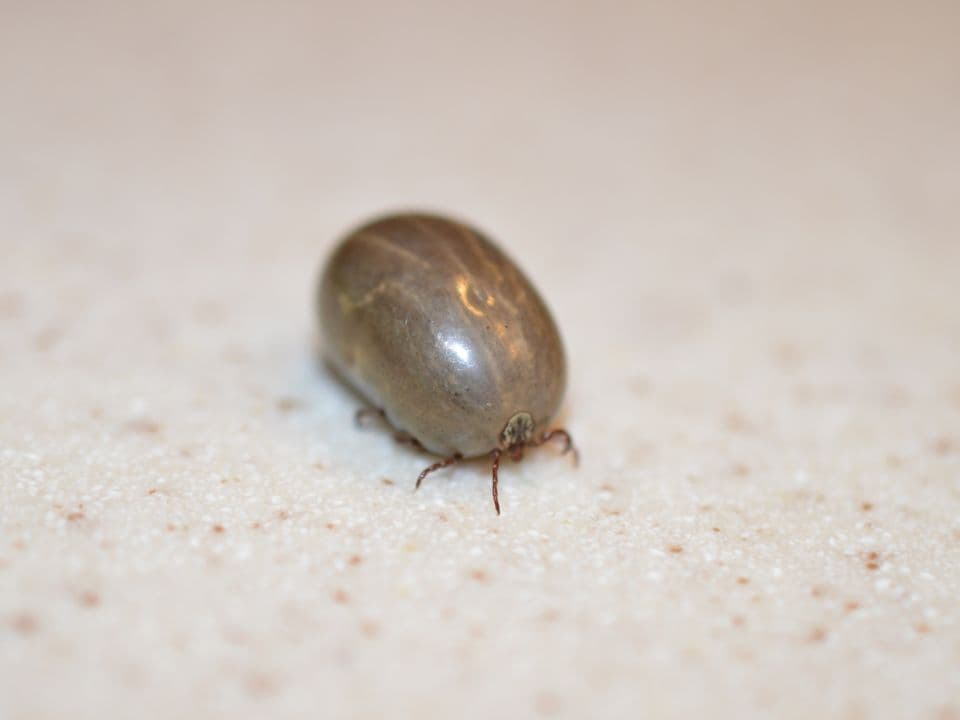Rocky Mountain Wood Tick
Dermacentor andersoni
Fleas & TicksMost widely distributed tick in North America and a primary vector of Rocky Mountain Spotted Fever. Three-host tick requiring blood meals to progress through life stages. First stage larvae (seed ticks) have only six legs; nymphs and adults have eight legs. Found throughout western North America.

Control Methods
Recommended methods for controlling this pest
| Method | Type | Effectiveness | Requirements |
|---|---|---|---|
| Tick Perimeter Treatment | Chemical | Required |
Common Harborage Locations
Where to find this pest during inspections
| Location | Why Found There | Priority |
|---|---|---|
| Animal Nests & Burrows | Kissing bugs feed on blood of animals at night. Found near nests of rodents, opossums, raccoons. Also in chicken coops and dog houses. | Medium |
| Tall Grass & Vegetation | Ticks and chiggers wait on vegetation to attach to passing hosts. Provides humidity and protection. Chiggers are most active in late spring through early fall. | Medium |
Important Disclaimer: The information provided in this knowledge base is for educational and reference purposes only. Pest management professionals should always consult current product labels, Safety Data Sheets (SDS), manufacturer instructions, and applicable local, state, and federal regulations as the definitive source of truth. Product formulations, application methods, safety requirements, and regulations may change over time. This information may be out of date and should not replace professional judgment, proper training, or required licensing and certifications.